Bronze: An Overview
Bronze is an alloy, a mixture of two or more elements, in which copper is the main component combined with other elements, typically tin. It is one of the earliest alloys developed by humans and has been used for various purposes, including making tools, weapons, and artwork, for thousands of years.
Composition of Bronze
Bronze is primarily composed of copper and tin, with the proportion of tin varying between 5% to 12% by weight. Other elements, such as aluminum, silicon, and phosphorus, may also be added to improve specific properties of the alloy.
Properties of Bronze
Bronze exhibits several desirable properties, including:
- Strength: It is stronger and harder than pure copper.
- Ductility: Bronze is relatively ductile, allowing it to be shaped and formed into various objects.
- Corrosion Resistance: It is resistant to corrosion, making it suitable for outdoor applications.
- Low Friction: Bronze has low friction characteristics, making it useful for bearings and bushings.
Uses of Bronze
Bronze has been historically used for:
- Making tools and weapons
- Creating sculptures and artwork
- Manufacturing musical instruments
- Producing architectural decorations
- Fabricating marine equipment and propellers
Study Guide
To study the topic of bronze effectively, consider the following key points:
- Understand the composition of bronze and the role of copper and tin in its properties.
- Learn about the historical significance of bronze and its impact on early human civilizations.
- Explore the uses of bronze in different fields, such as art, architecture, and industry.
- Investigate the process of manufacturing bronze and the techniques used to work with the alloy.
- Examine the modern applications of bronze and its continued relevance in contemporary society.
Additional Resources:
For further exploration of the topic, consider researching the specific properties of bronze and its comparison to other alloys, as well as conducting experiments to observe and test its characteristics.
[Bronze] Related Worksheets and Study Guides:
.◂Science Worksheets and Study Guides Seventh Grade. Cell Processes

 Activity Lesson
Activity Lesson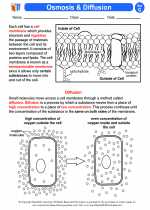
 Worksheet/Answer key
Worksheet/Answer key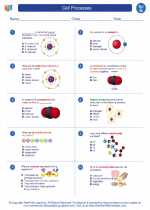
 Worksheet/Answer key
Worksheet/Answer key
 Worksheet/Answer key
Worksheet/Answer key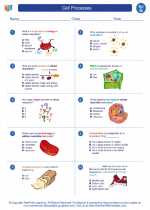
 Worksheet/Answer key
Worksheet/Answer key
 Vocabulary/Answer key
Vocabulary/Answer key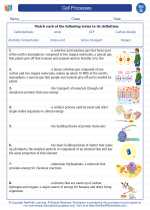
 Vocabulary/Answer key
Vocabulary/Answer key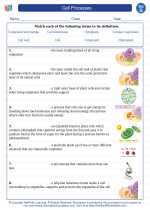
 Vocabulary/Answer key
Vocabulary/Answer key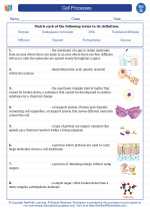
 Vocabulary/Answer key
Vocabulary/Answer key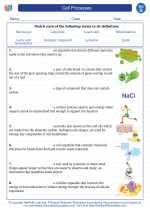
 Vocabulary/Answer key
Vocabulary/Answer key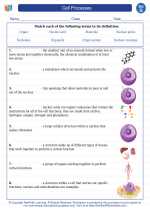
 Vocabulary/Answer key
Vocabulary/Answer key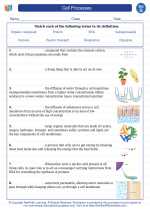
 Vocabulary/Answer key
Vocabulary/Answer key
